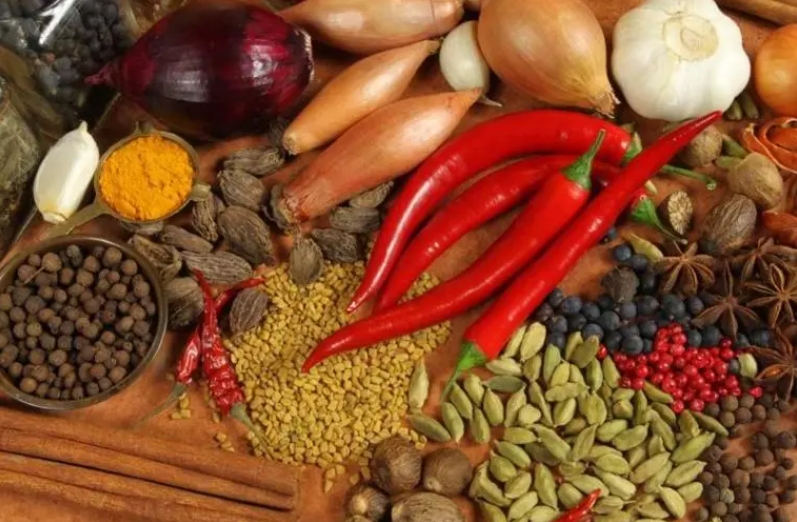 为什么大多数美国人和欧洲人不能像印度人那样吃辛辣的食物?
为什么大多数美国人和欧洲人不能像印度人那样吃辛辣的食物?
正文翻译


图


图
评论翻译


图


图
很赞 1
收藏